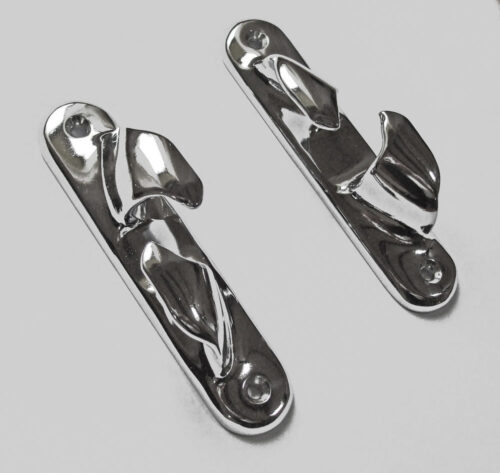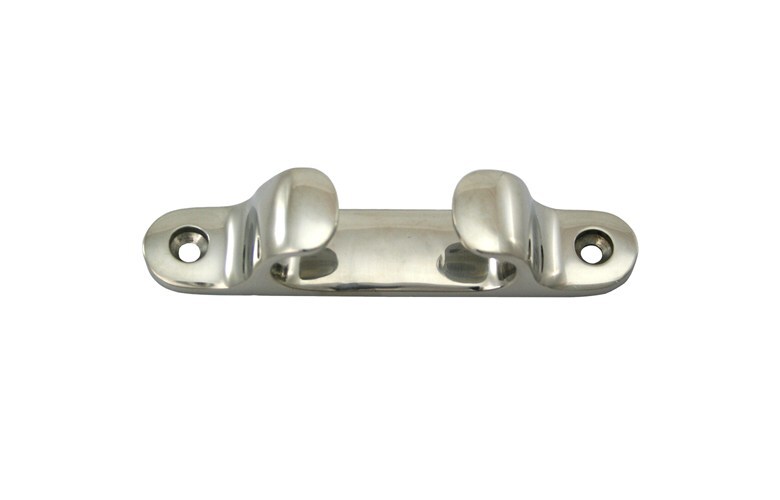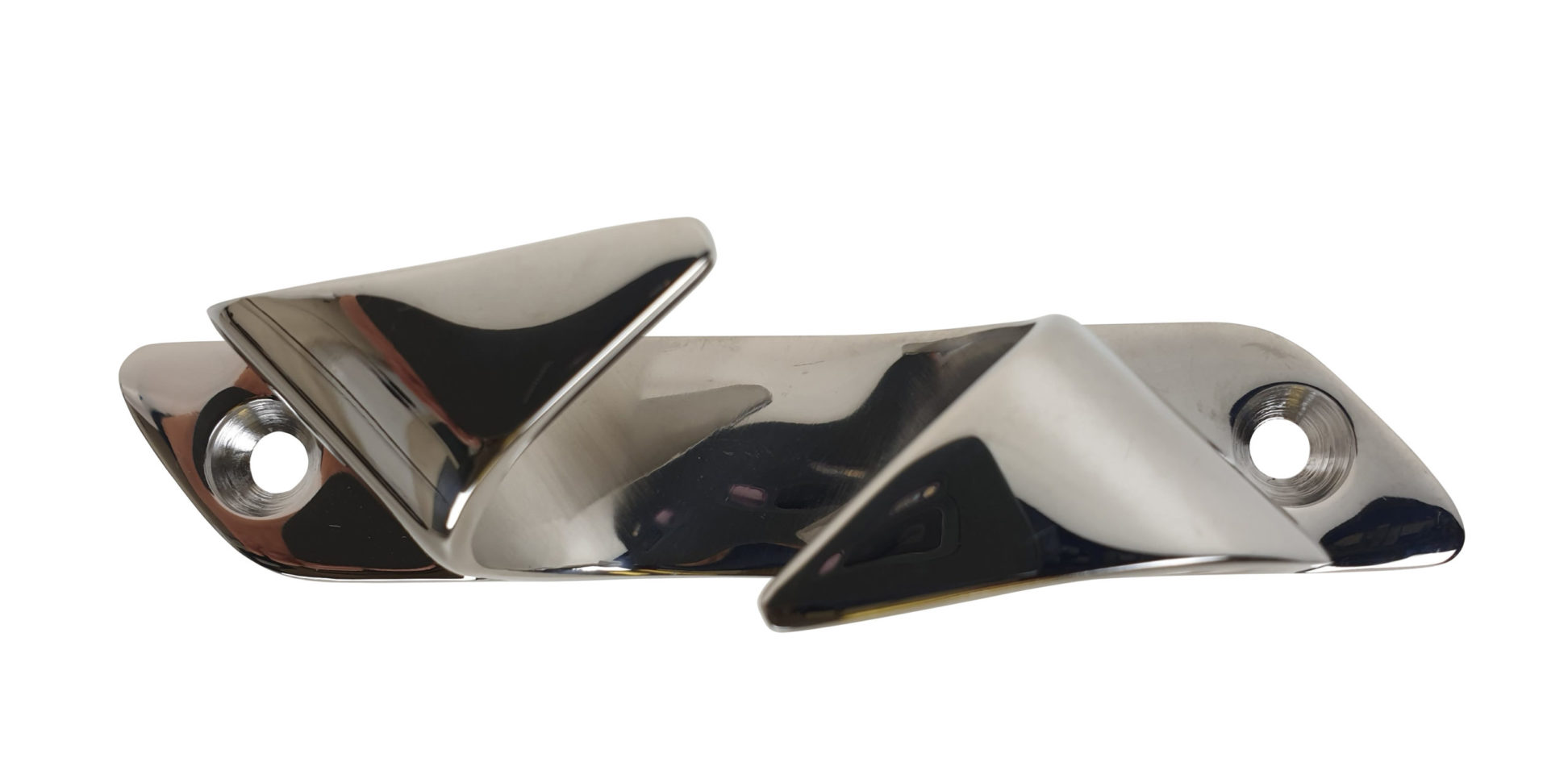

Once again, this signal can either direct other riders or alert them that you’re breaking off.

So, to signal a right turn, you’ll extend your left arm, bend your elbow upward into a 90-degree angle and make a clenched fist with your left hand. Obviously, you need to keep your right hand on the handlebars to maintain control of the gas and brakes. If you’re leading, this signal can be used to direct the group, while if you’re following, it can signal that you’re breaking away. This is one of the simplest motorcycle signals to use and is a great first signal to practice. To signal a left turn, simply extend your left arm straight out from your body with the palm facing down. Learn them, practice them and use them whenever necessary. These are nine hand signals that any biker should recognize. Even if you’re not planning on leading a ride any time soon, you might need to understand hand signals that the leader of your group uses, especially if you or someone else in the group is riding without a motorcycle communication system. They help the lead rider in a group communicate with the riders in their pack. If you’re ever planning on doing group riding of any size, motorcycle hand signals are something you need to know. This gives new meaning to the phrase "Drive through window".The 9 Motorcycle Hand Signals You Need to Know Aug 24, 2020
FORUM HANDED OR STRAIGHT FAIRLEADS DRIVER
SUV pulls out in front of loaded dump truck, teen driver killed on way to school. Going for a mid day swim in the local creek. Tractor trailer play's chicken with electric pole. Moral of story, don't play chicken with tractor trailer. Here's some pic's of some real recovery's. Probably the main reason almost no one manufacturers chain type winch's anymore, they have killed to many people over the years. That one broke for a reason, it's not safe. I hate to ask but why did you need three winch's for that simple recovery? You shouldn't have needed more than one to recover a car on it's side.Īs for the winch in on the Unimog, you won't catch me using one of those cheap break prone chain type winch's.

Properly use and care for your winch cable and it will give you years and years of service. If you use a Hawse Fairlead on steel cable, the cable will wear grooves in the Fairlead and then those grooves will start cutting strands of the steel cable, weakening it until it fails. If you try to use a Roller Fairlead on synthetic cable it will get pinched between the rollers and damage the cable. If you oil your cable it will attract dust, sand, dirt, etc., which will become embedded in the cable and then start grinding on the cable strands every time you use it, eventually weakening the cable.Īs was stated above, use a Roller Fairlead for steel cable and a Hawse Fairlead for synthetic cable. I wash them if they get packed with dirt/mud, leaving them unspooled and stretched taut until dry, then respool, guiding the cable evenly on the drum. When I'm done the cable is smoothly spooled without any kinks or crossovers.Īs for oiling the cable. On my Jeeps I use my remote control and guide the cable by hand while spooling. On my ATVs I do that while sitting on them and watching the cable spool. Then I engage the winch and start spooling in cable while dragging the vehicle and guiding the cable back and forth across the spool. I do this by hooking the cable hook to a stationary object, put the winch in freespool and back the vehicle away from the hook until I have unrolled down to a good straight spool. When you park the vehicle for the day it's very important that you unroll the cable and respool the cable manually, guiding the cable back and forth across the drum so that it is not crossed over itself and will be ready for use the next use without kinks. Don't worry about that too much while pulling unless it piles up on one end of the drum so much that it starts rubbing on the winch structure or fairlead. It's inevitable that the cable will spool tangled and crossed over when used.

That will be determined by the direction of pull. The Roller Fairlead will do nothing to guide the cable when spooling. All of my comments below are in regards to steel cable. Whooooppss, gotta counter this statement.


 0 kommentar(er)
0 kommentar(er)
